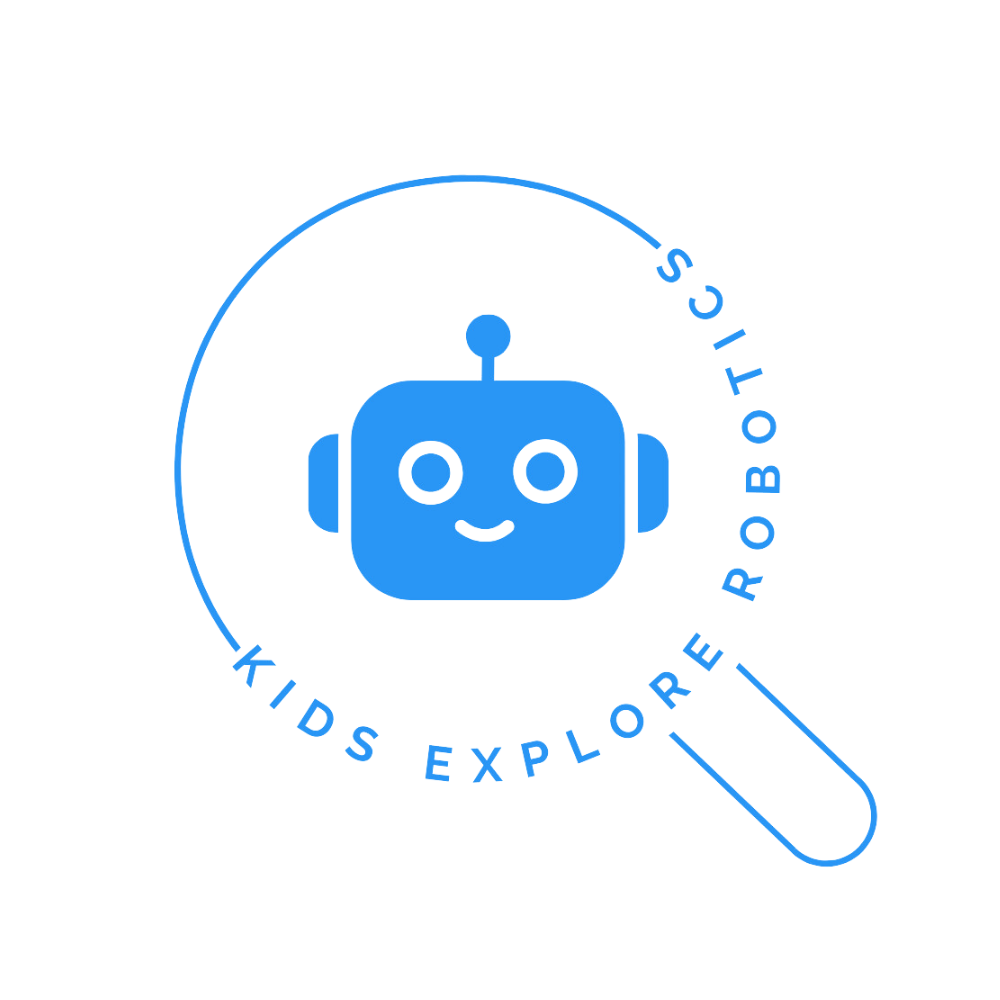Evolution of Robotics: Past, Present, and Future
Robots and automation have been integral to industries for decades. Early applications began with manufacturing and military operations, where basic forms of automation were used to streamline repetitive tasks and enhance precision. The introduction of robotic arms in assembly lines during the mid-20th century revolutionized industries like automotive manufacturing, significantly improving efficiency and consistency. In the military, early drones and automated systems provided new capabilities for reconnaissance and defense. These innovations laid the groundwork for the diverse applications of robotics we see today.
The Technological Leap Forward
What’s changed in recent years is the rapid evolution of technology enabling robotics automation. Advances in computing power, the affordability of sensors and processors, and the simplification of software development have made robotics more accessible than ever. Today, building a relatively sophisticated robot costs just a fraction of what it did a decade ago. Artificial Intelligence (AI), a critical driver of modern robotics, has progressed rapidly, allowing robots to learn, adapt, and perform complex tasks with increasing efficiency.
This technological leap has propelled robots from factory floors to everyday environments. Household robots, such as automated vacuums, and personal assistants, like AI-powered chatbots, are now common. The integration of robotics into healthcare, agriculture, logistics, and other sectors is accelerating, reshaping how industries operate.
Where Are We Headed?
The future of robotics is vast and filled with possibilities. Robots are expected to become even more versatile, performing tasks that require emotional intelligence, creativity, and complex decision-making. Autonomous vehicles, robotic surgeons, AI-driven personal tutors, and collaborative robots (cobots) are just a few examples of what’s on the horizon. With advancements in AI, robotics will likely play a central role in addressing global challenges such as aging populations, food shortages, and climate change.
Moreover, robots in homes will become more commonplace, handling tasks such as elder care, cleaning, and security. As technology continues to evolve, the line between human capabilities and robotic assistance will blur, creating a more interconnected and efficient world.
A Future Fueled by Robotics
The evolution of robotics has come a long way, from its roots in industrial and military applications to becoming an indispensable part of everyday life. As technology continues to advance, the role of robots in society will expand exponentially. Understanding this progression and embracing its potential will empower individuals, industries, and societies to thrive in a tech-driven world. The question isn’t whether robots will shape the future—it’s how we’ll adapt and collaborate with them to create a better tomorrow.
Final Thoughts
At Kids Explore Robotics, we’ve seen firsthand how kids light up when they complete their first robot — how they take pride in coding something that actually works. Whether they’re six or sixteen, this experience is empowering, inspiring, and unforgettable.
So if you’re thinking about how to help your child grow, explore, and get excited about learning — robotics just might be the best gift you can give.
👉 Ready to explore your options?
We offer live classes, summer camps, and video-based projects — designed by an engineer dad and his son — to make learning robotics fun, affordable, and meaningful. See some of our robots.
Let’s build something amazing together. 💡🔧🤖
Visit our website
ABOUT THE AUTHOR - MR. VINOD AGRAWAL
Mr. Vinod Agrawal is an experienced engineer passionate about creating educational opportunities that go beyond the traditional classroom. When his son was a junior in high school (now an engineering student at Purdue), it reignited a passion they both share: building, creating, and problem-solving. They designed their own custom robots, using wooden and 3D-printed parts, with one goal in mind: to inspire kids to explore STEM in a hands-on, exciting way. They started Kids Explore Robotics where they offer Robotics Classes and Summer Camps. More info: www.KidsExploreRobotics.com
A Truly Comprehensive Robotics Experience
Learn the Basics: Understand foundational concepts of robotics and STEM.
Dive Behind the Scenes: Explore the mechanics, parts, and processes that go into creating a functional robot.
Build from Scratch: Assemble their own robots using custom wooden and 3D-printed parts designed to inspire creativity.
Program and Operate: Program their robots and see their creations come to life.
Our program ensures kids are involved in every step of the process, giving them a sense of accomplishment and a deeper understanding of robotics.



